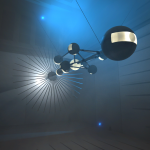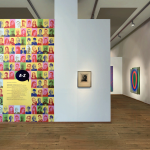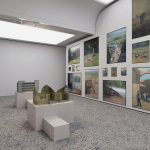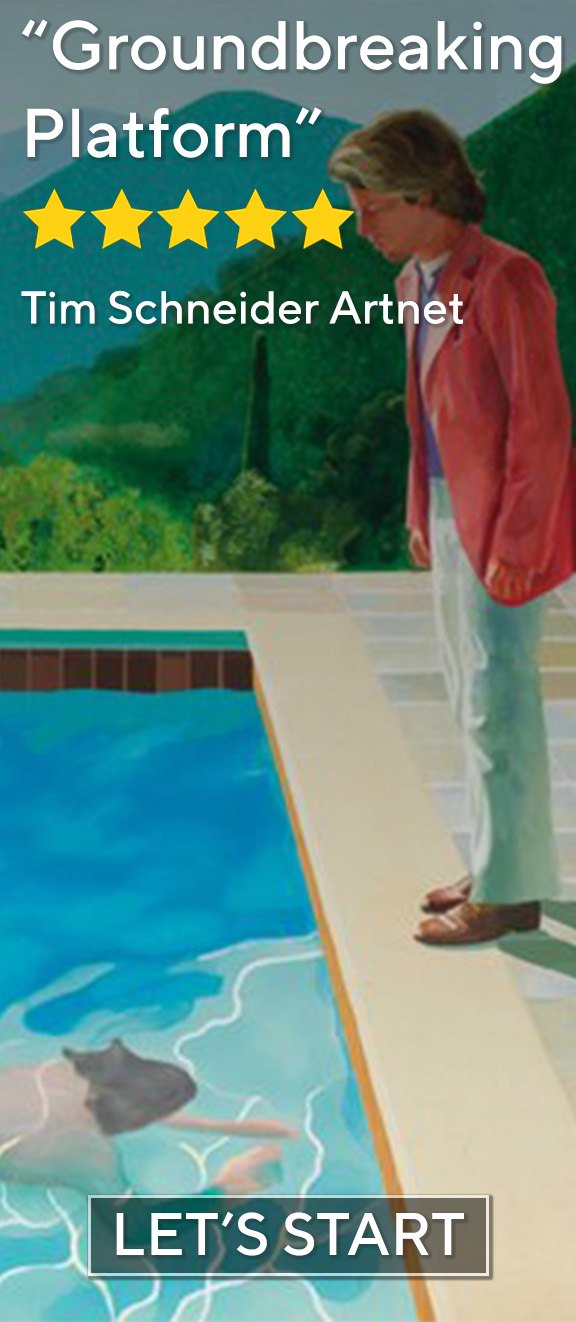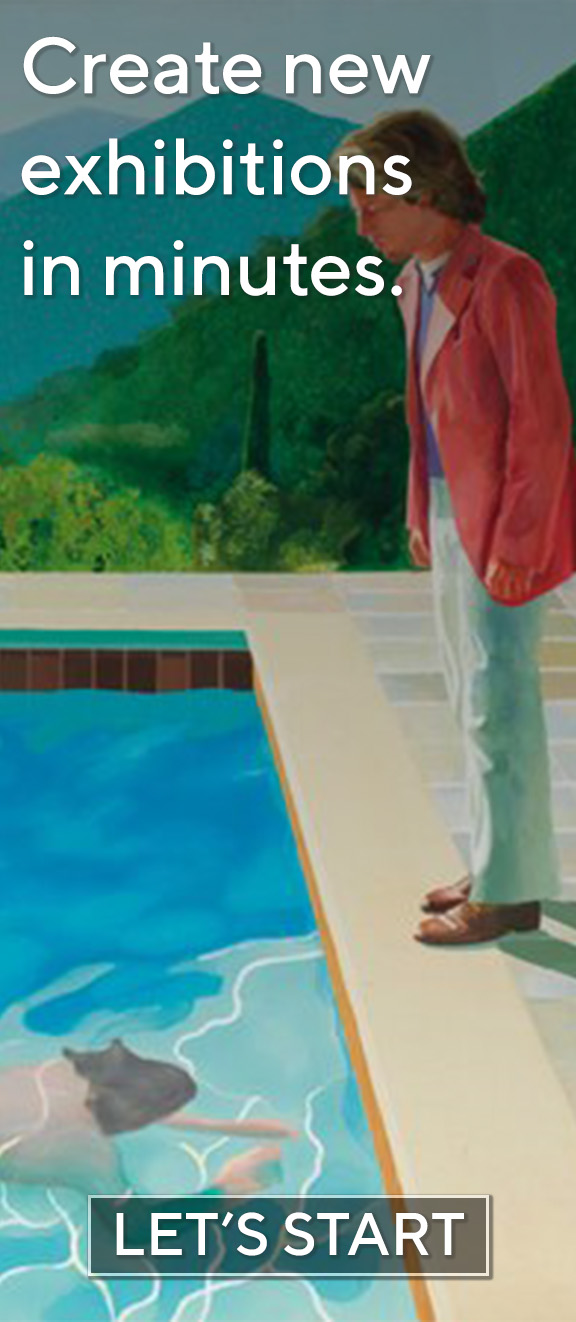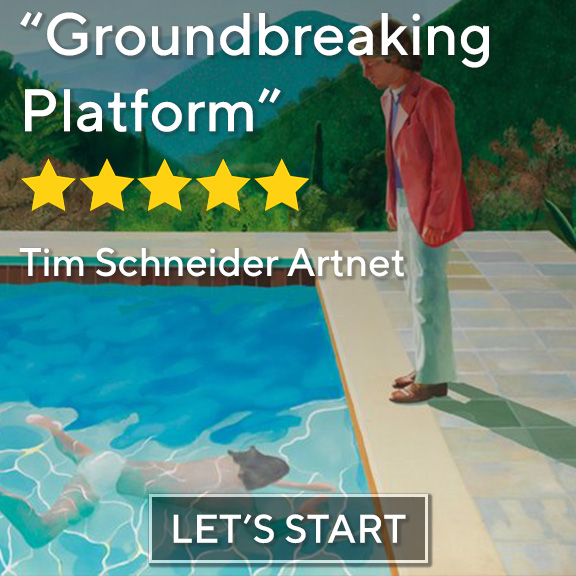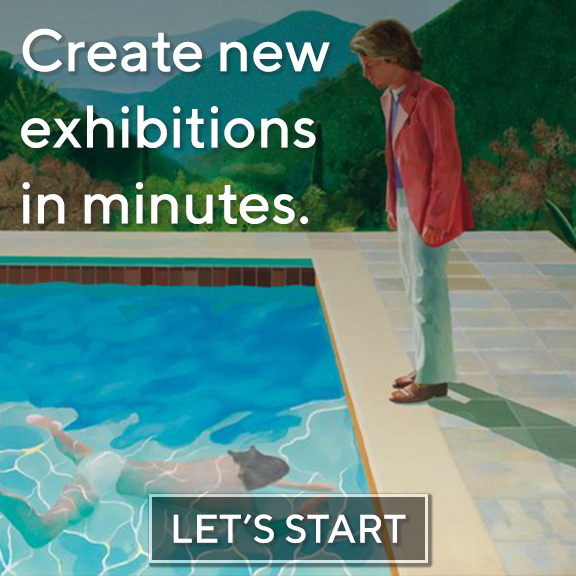“Northern Light: The David Kronn Photography Collection” was on view from 28 October 2020 to 10 October 2021 at the Irish Museum of Modern Art, Dublin.
The exhibition “Northern Light: The David Kronn Photography Collection” unfolds at the intersection of historical trauma and visual testimony, offering a haunting meditation on The Troubles. Curated across three rooms, the show interweaves photography, text, and archival materials to interrogate collective memory, state violence, and the resilience of communities. Anchored by works from Rosalind Fox Solomon, David Farrell, Gilles Caron, and Chris Steele-Perkins, it juxtaposes visceral documentary imagery with poetic meditations on loss, creating a dialogue between past and present.
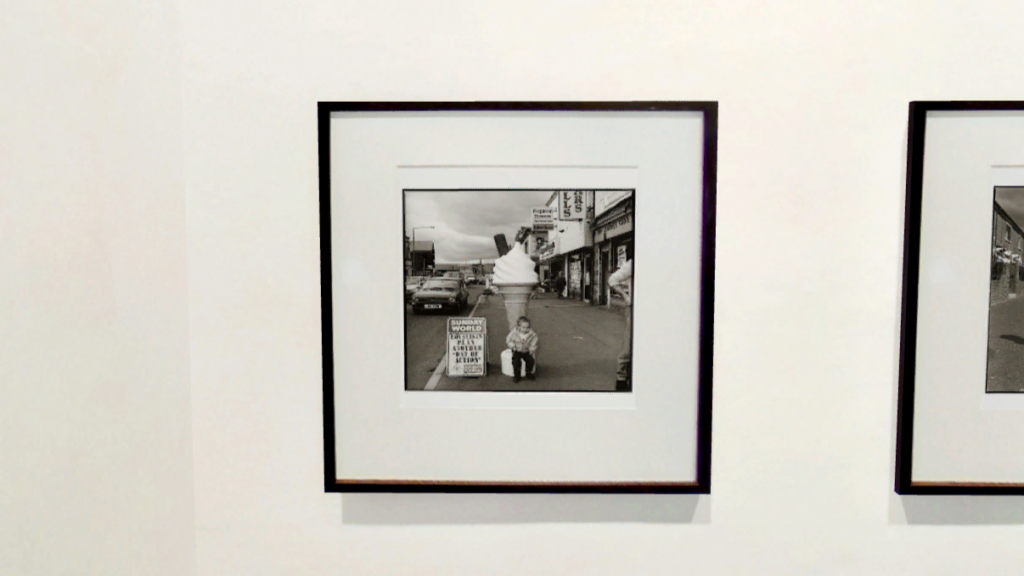
Rosalind Fox Solomon’s black-and-white photograph “The Troubles” (1990) captures a group of Catholic civilians in Belfast, their faces etched with grief and defiance. The composition’s stark contrasts and tight framing amplify the emotional intensity, while the inclusion of a toddler clutching a toy gun underscores the pervasive normalization of violence. Solomon’s work bridges intimate human narratives with broader political realities, reflecting her focus on marginalized communities resisting systemic oppression.

David Farrell’s series documents a birch tree adorned with prayer cards and rosary beads—a shrine marking the clandestine burial site of Kevin McKee and Seamus Wright, two of the IRA’s “Disappeared.” The textured bark of “The Swallowing Tree, Coghalston Wood, Co. Meath 1.” (2016) juxtaposed with human artifacts, becomes a metaphor for nature’s slow erasure of trauma. Farrell’s annual revisits to the site trace cycles of decay and regrowth, questioning how landscapes absorb and obscure history.

Gilles Caron’s chaotic street scene captures the eruption of sectarian violence: soldiers crouch with rifles, smoke billows from collapsing buildings, and civilians flee. The dynamic composition of “Belfast, August 1969”—a tangle of bodies, debris, and armored vehicles—highlights the indiscriminate chaos of urban conflict. The image’s blurred motion and high contrast evoke the disorientation of lived trauma, positioning the viewer as both witness and participant.
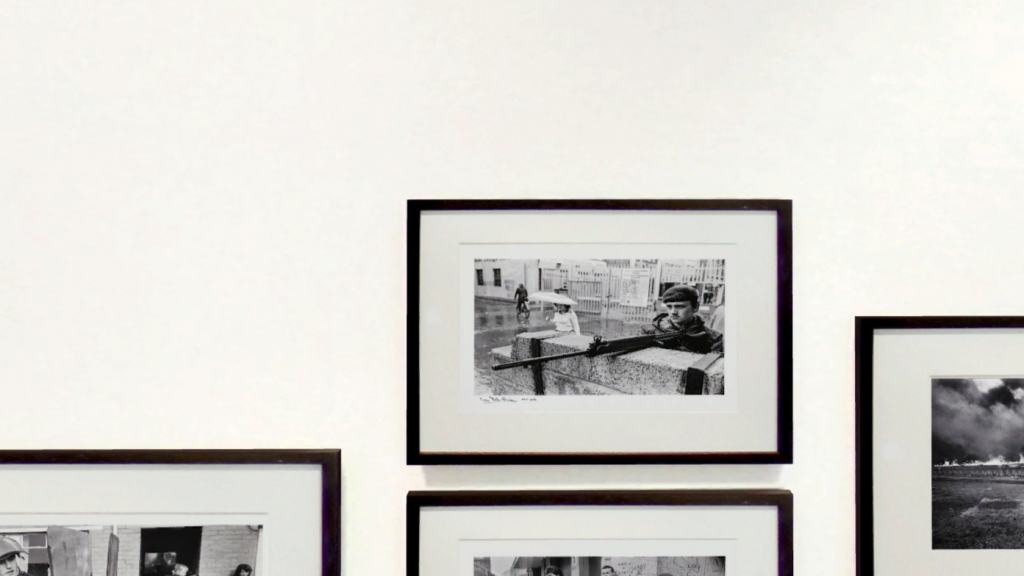
A lone British soldier stands guard in a desolate urban landscape, his posture tense yet detached. Steele-Perkins’ stark, colorless palette and tight focus on the soldier’s obscured face anonymize the figure, “Armed soldier outside city centre” (1978) symbolizes the dehumanizing machinery of occupation. The work critiques the British state’s role in policing Northern Ireland, framing military presence as both oppressive and futile.
Northern Light transforms the camera’s gaze into a bridge between eras—where borders, both visible and spectral, unravel the tangled legacy of a divided land.
The exhibition’s strength lies in its layered juxtaposition of immediacy and reflection. It immerses viewers in the visceral urgency of 1969 riots through Caron and Steele-Perkins, and on the other hand, shifts to Farrell’s meditative landscapes, inviting contemplation of unresolved trauma. Solomon’s portraits anchor the human cost of systemic violence, bridging individual and collective narratives. Supplementary texts—including excerpts from the Good Friday Agreement and IRA statements—contextualize the works without overdetermining their interpretation. The curation avoids linear chronology, instead creating a recursive journey through memory, resistance, and erasure.
“Northern Light” transcends mere historical documentation, offering a poignant exploration of how violence inscribes itself into bodies, landscapes, and collective memory. By centering marginalized voices and contested sites, the exhibition challenges viewers to confront the unresolved legacies of the Troubles—and their echoes in contemporary border politics post-Brexit. It is a necessary reckoning with the shadows of history, masterfully articulated through lens-based art.


